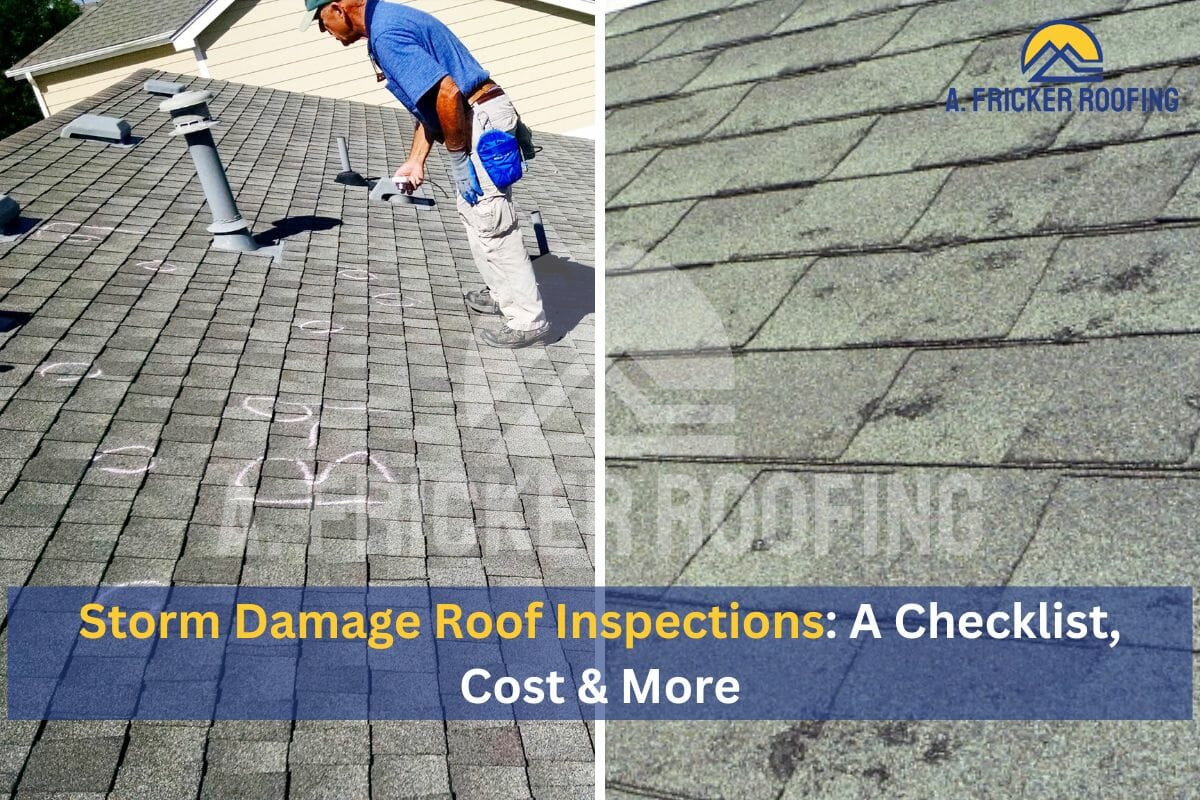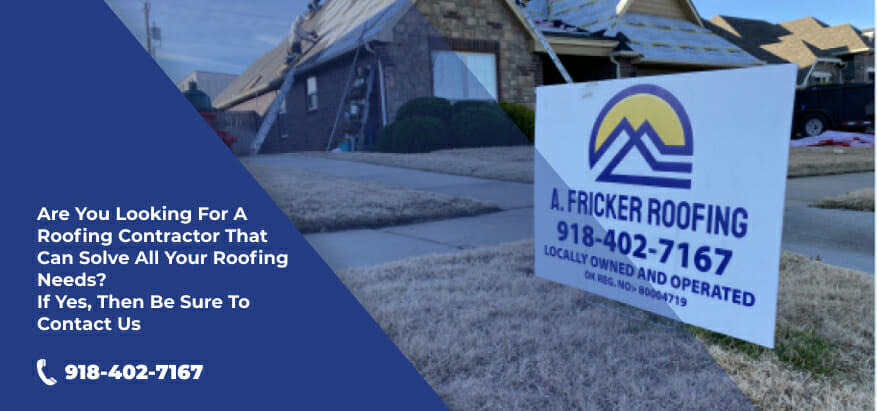When severe weather strikes, one of the areas most vulnerable to damage is your home’s roof. From heavy storms and high wind gusts to hail and extreme temperatures, various elements can take a toll on your roof’s integrity. That’s why conducting regular storm damage roof inspections is essential. Not only does it help identify potential issues early on, but it also allows for prompt repairs to prevent further damage and more expensive repairs down the line.
Types of Roof Storm Damage
Roofs are exposed to various elements during a storm, and understanding the different storm damage types can help homeowners promptly address issues. Let’s explore the primary types of roof storm damage: wind, hail, water, and debris.
1. Wind Damage

Strong winds can cause significant damage to roofs. They can lift or dislodge shingles, creating gaps that expose the underlying structure. Wind damage may result in leaks, a compromised roofing structure, and water infiltration.
2. Hail Damage
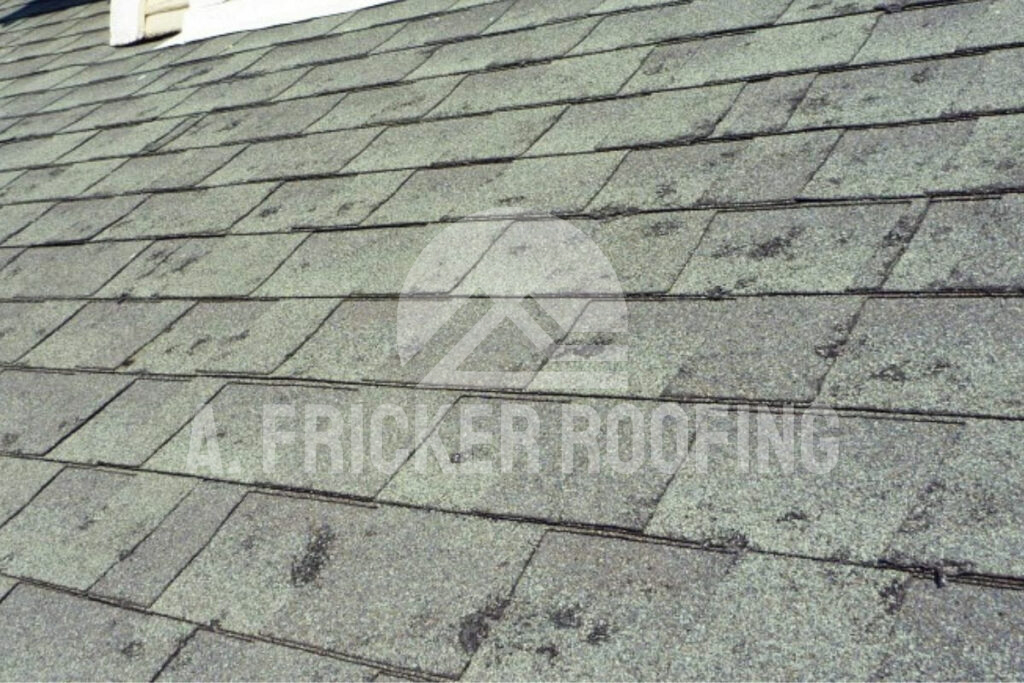
Hailstorms can be highly detrimental to roofs, threatening their overall condition and durability. Hailstones impact the roof’s surface, leading to dented or cracked shingles or other roofing materials. This damage weakens the protective layer, making the roof susceptible to leaks and further deterioration.
3. Standing Water Damage
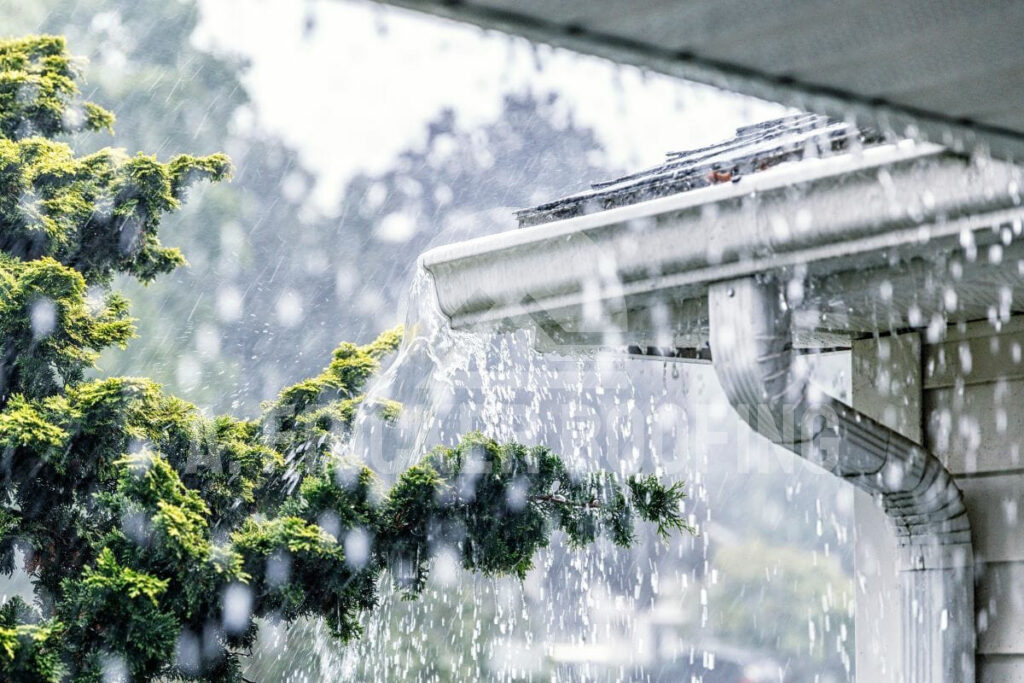
The presence of an excessive amount of standing water on a roof can lead to significant damage and deterioration. The weight of the water can strain the underlying structure, causing sagging or even collapse. Additionally, standing water can seep behind the roofing material, leading to rot, mold growth, and other issues.
4. Debris Damage
During storms, debris such as tree branches, leaves, or other objects can strike roofs. Falling branches can break or dislodge shingles, create holes, or puncture the roof’s surface. Because of this, it’s crucial to inspect the roof for visible signs of debris damage after a storm.
The Checklist for Storm Damage Roof Inspection
A thorough storm damage inspection involves examining your roof’s various aspects to assess its condition. Here’s a checklist to guide you through the process:
1. Exterior Inspection
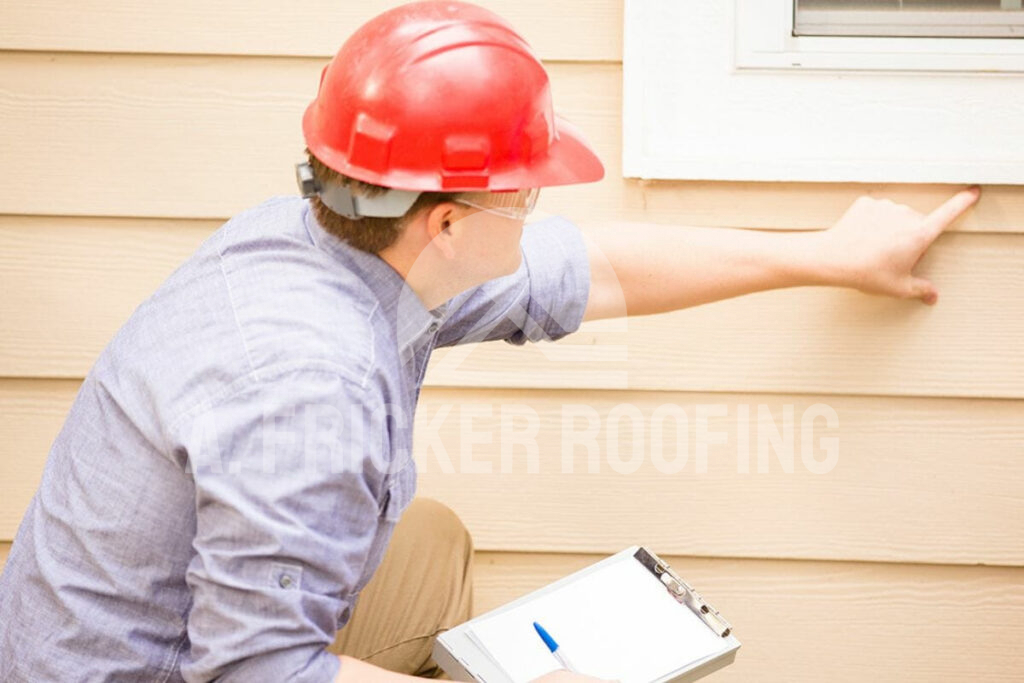
Start by assessing the roof’s exterior. Look for signs of damage, such as missing or damaged shingles, dents, cracks, or discoloration. Pay attention to the chimney, vents, and skylights, as flashing around these points are vulnerable to damage during storms. Inspect the gutters and downspouts for debris and granule accumulation, as these can indicate roof damage.
2. Interior Inspection
Move to the interior of your home and check for any signs of water leaks or stains on the ceilings and walls. Inspect the attic for dampness, mold growth, or insulation damage, as these can be an indication of roof leaks.
3. Roofing Materials and Shingles
Examine the roofing materials and shingles. Look for signs of wear and tear, including curling, blistering, or granule loss. Check for loose or missing shingles, as they can leave your roof vulnerable to water penetration.
4. Flashing, Gutters, and Drains
Inspect the flashing around chimneys, vents, and skylights. Damaged or improperly sealed flashing can lead to leaks. Clean the gutters and downspouts, ensuring they are free from debris in order to prevent water buildup and potential damage.
5. The Attic and Ventilation System
Assess the attic and ventilation system. Adequate ventilation helps regulate temperature and moisture levels in the attic, preventing condensation and mold growth. Ensure that vents are unobstructed and functioning correctly.
6. Water Leaks and Moisture Damage

Check for signs of water leaks or moisture damage, such as water stains, dampness, or mold growth. These can indicate roof issues that require immediate attention.
7. Documenting the Damage
Document the damage you find during the inspection. Take photographs or videos to provide evidence for insurance claims or professional repairs. Detailed documentation ensures accurate assessments and helps in the restoration process.
Following this checklist will help you identify any storm damage to your roof and take appropriate action for repairs or maintenance. Regular inspections, especially after severe weather events, are crucial to ensuring the longevity and durability of your roof.
Assessing the Cost of Storm Damage Roof Repairs
Once you’ve identified storm damage to your roof, it’s crucial to understand the cost implications. Here are some factors to consider when assessing the cost of storm damage roof repairs:
1. Factors Affecting Repair Costs
The extent of the damage, the type of roofing material, and the complexity of the repairs all influence the overall cost. Significant damage may require a full roof replacement, which can be more expensive than minor repairs. Additionally, the availability and cost of materials and labor in your area can impact the final expenses.
2. Obtaining Multiple Repair Estimates
To ensure you get a fair price for the repairs, it’s recommended to obtain multiple estimates from reputable roofing contractors. Compare the details of the estimates, including the scope of work, materials, warranties, and costs. This allows you to make an informed decision based on your budget and specific needs.
3. Insurance Coverage and Claims
Review your homeowner’s insurance policy to determine the coverage for storm damage repairs. Depending on the terms of your policy and the cause of the damage, your insurance provider may cover part or all of the repair costs. Contact your insurance agent to initiate a claim and follow their guidelines for documentation and repairs.
4. DIY vs. Professional Repairs
Consider whether you have the necessary skills, experience, and equipment to perform the repairs yourself. While DIY repairs can save money, they may not always be feasible or advisable, especially for extensive storm damage. Hiring a professional roofing contractor ensures the repairs are done correctly and to industry standards, providing peace of mind and potentially avoiding costly mistakes.
Assessing the cost of storm damage roof repairs requires careful consideration of these factors. By obtaining multiple estimates, understanding your insurance coverage, and evaluating the feasibility of DIY repairs, you can make informed decisions that align with your budget and ensure the effective restoration of your roof.
Consult a Trustworthy Roofing Contractor
In certain cases, it is more prudent to enlist the services of a reputable roofing contractor for post-storm roof repairs.
When seeking a roofing contractor, it is crucial to prioritize individuals or companies with the necessary credentials. Ideally, opt for certified contractors with a proven track record of delivering exceptional results. Exercise caution when approached by storm chasers who flock to storm-affected areas offering repair services. In most instances, these contractors deliver subpar workmanship.
Take Prompt Action Following Storm Damage
Upon experiencing a storm in your vicinity, thoroughly inspecting your roof is essential to identify potential storm damage. Should any signs of damage be observed, it is advisable to promptly engage the services of a qualified roofing contractor to address the issue.
If you are in need of reliable roofing services, please feel free to get in touch with A. Fricker Roofing and Waterproofing. You can reach us by calling (918) 402-7167, we’ll be happy to help you!
